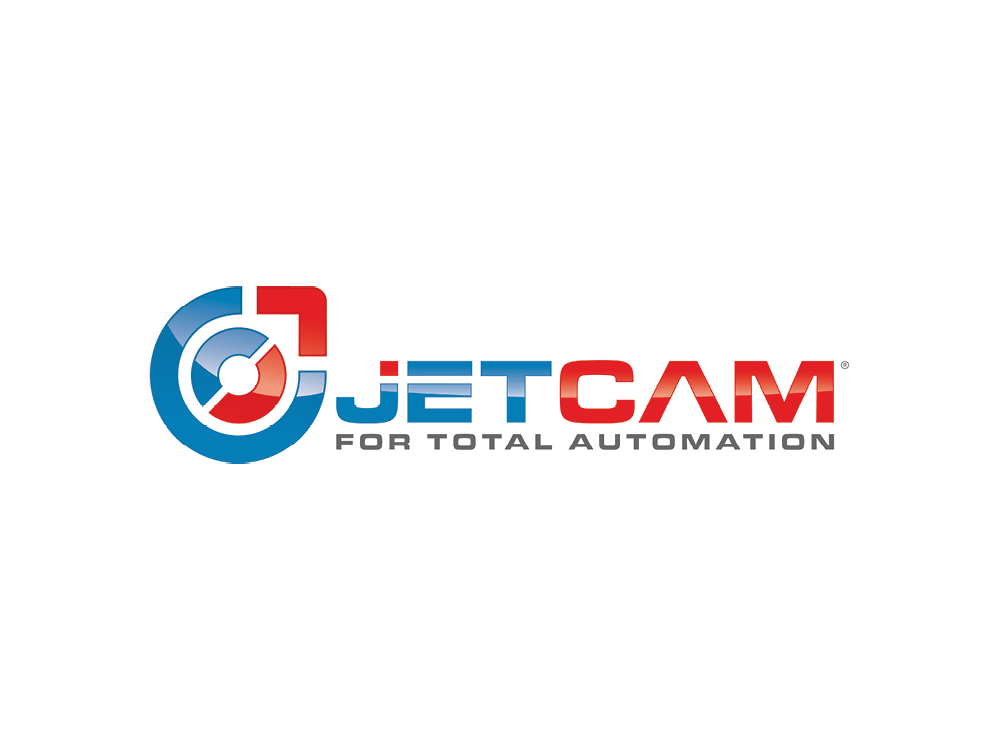JETCAM is pleased to announce the release of its latest white paper, “Balancing Material Efficiency and Kitting Speed on the Shop Floor with Progressive Nesting.” The white paper delves into the critical aspect of efficient nesting – a practice vital for manufacturers working with expensive prepreg carbon fibre materials that can soar above $100 per square meter. But, as it turns out, there’s more to this story than just material cost savings.
At the core of this lies the economic importance of efficient nesting. While the cost of materials is a significant factor, it’s not the sole metric for success. This latest white paper highlights that, by adopting innovative nesting strategies, composite manufacturers can transform their operations and their bottom lines.
The white paper distinguishes between static and dynamic nests, offering valuable insights into their respective strengths and weaknesses, helping you understand the trade-off between the efficiency of a static nest and the flexibility of a dynamic nest, emphasising the critical role of adaptability in changing manufacturing scenarios.
Progressive nesting, a game-changing strategy discussed in the paper, introduces the concept of balancing efficiency with operator convenience. By sending kits of plies for nesting one by one, this method minimises the time operators spend unloading and grouping plies. It’s a fascinating alternative aspect of efficiency that directly impacts shop floor productivity.
The paper doesn’t stop at progressive nesting; it introduces hybrid progressive nesting as a game-changer. This strategy strikes a balance between material and time efficiency by allowing plies to merge into kits efficiently. It’s a novel approach that promises the best of both worlds.
JETCAM provides a practical comparison of four nesting strategies – dynamic, progressive, fully progressive, and hybrid progressive nests. Each strategy is dissected, revealing its impact on material efficiency, operator time, and overall effectiveness.
Manufacturers are encouraged to consider the potential benefits of sharing nesting data with third-party systems like Enterprise Resource Planning (ERP) systems and technologies that support unloading, kitting, or automatic ply placement. This data sharing not only reduces errors but also enhances traceability and aids in areas such as costing.
Martin Bailey, General Manager at JETCAM, explains; “The latest white paper by JETCAM emphasises that while material efficiency is crucial, it’s just a part of the broader efficiency story. Through its holistic approach we hope to help create time savings on the shop floor as well as enable integration with supportive technologies that could be the key to unlocking new levels of profitability and productivity in composite manufacturing.”
For more information and to access the white paper, scan the QR code below.


